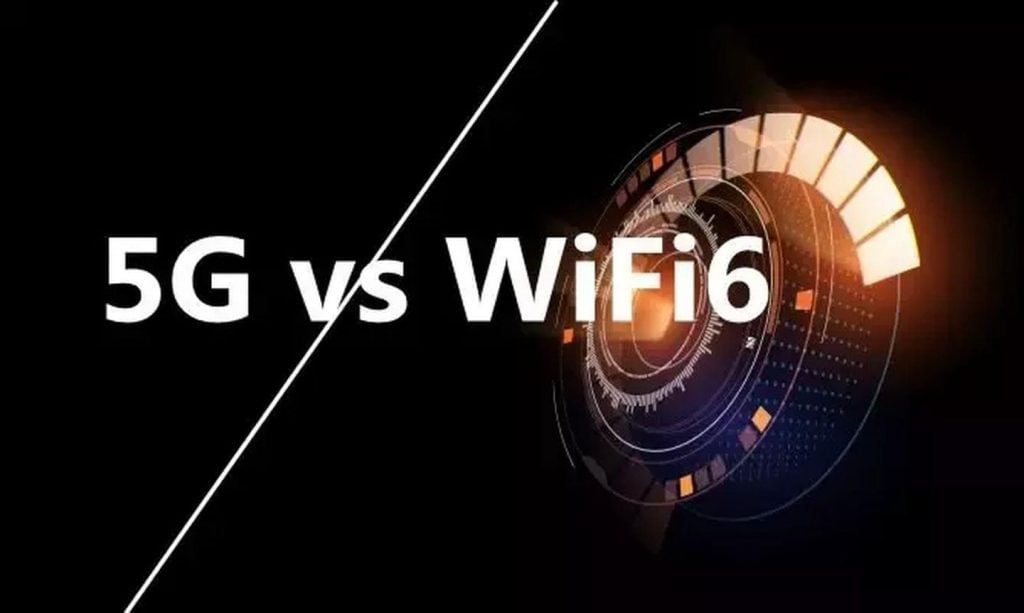- HOME
- PRODUCTS
- SUPPORT
Support
Get useful and free tools, sources and professional buyer guides to make good choices of products.
Ordering Guide
How to Buy
- ABOUT USPP-LINK is a leading network supplier, providing enterprise customers and end-users professional ICT products and solutions.
- CONTACT US
5G and Wi-Fi 6:Complementary rather than competitive
5G: The fifth-generation mobile communication technology is an upgrade of 4G mobile networks. 5G aims for high data rates, reduced latency, lower costs, increased system capacity and large-scale device connectivity.
Wi-Fi 6: 802.11ax, which is an upgraded version of 802.11ac, is also called the sixth-generation Wi-Fi technology. Say goodbye to the previous slurred letter naming method, now you only need to look at the numbers.Just like the mobile phone processor chip, the larger the numbers, the newer the standard and the better the performance.
Then, let’s use a picture to show you the difference between 5G and Wi-Fi 6:

Spectrum type
Traditionally, cellular networks work on the licensed spectrum and Wi-Fi on the unlicensed spectrum. But in the era of 5G, this division is becoming increasingly blurred. On the one hand, some countries, such as Germany, the UK, Japan, France and the US, have allocated localized spectrum for their 5G private networks, which can be used by enterprises once their applications are approved. On the other hand, NR-U is originally 5G wireless that works on unlicensed spectrum.Judging from this trend, Wi-Fi 6 is facing more competitive pressure from cellular network than previous generations.It should be noted that the 5Ghz frequency band in WIFI has nothing to do with 5G.
Mobility
Cellular networks are designed for mobility, where they have a natural advantage over Wi-Fi. However, Wi-Fi can also support inter-AP roaming through gateways, enabling WLAN to be extended to a larger coverage area. However, 5G has sophisticated mechanisms for reselecting, switching, and redirecting, whereas Wi-Fi 6 requires disconnection and reconnection, resulting in longer roaming outages.
Coverage
Since the licensed spectrum allows higher transmit power, the coverage of 5G Small Cells is usually 100 to 300 meters, which is larger than the coverage of indoor Wi-Fi (usually within 50 meters).
Chip/Terminal Cost
The price of Wi-Fi 6 chip is cheaper than 5G, and the cost advantage is obvious.
Deployment Cost
For wide area coverage, 5G has the advantage of coverage capability and can be deployed using the original 2/3/4G site, and the deployment cost is lower than Wi-Fi. But for the enterprise LAN scenario, the cost of building a new 5G network and deploying terminal equipment is currently much higher than that of Wi-Fi.
However, because 5G has more advantages in anti-jamming, reliability, low latency, multiple connections, mobility, etc., for some services that require higher latency and reliability, such as automated control, it still needs to be deployed 5G private network. In the medium and long term, it is believed that the cost of 5G private network deployment will decrease.Once the cost drops to a sufficiently low level, it is believed that more companies will consider replacing part or all of Wi-Fi networks with 5G.
Many people have established 5G and WIFI 6 as competitors, believing that 5G will eliminate WIFI. In fact, similar remarks have been circulating since the 4G era.However, in a sense, they are more like complementary partners. The application scenarios of the two are different-one is indoor environment such as home/company, and the other is outdoor. WIFI is a supplement to the indoor coverage of the mobile network, and it is also responsible for downloading large amounts of data.

Overall, 5G and Wi-Fi 6 are both competitors and complementary. At the same time, as technology and applications evolve and enter the era of 5G and Wi-Fi 6, the boundary between cellular networks and Wi-Fi is becoming increasingly blurred.If deployed in the right circumstances, these two technologies will synergistically connect users and devices inside and outside the enterprise LAN, making the enterprise more flexible.




